 |
| Ambassador Le Quang Long visited and learned about the results of the implementation of the Vietnam-Cuba cooperation project to develop rice production. |
On June 10, Vietnamese Ambassador to Cuba Le Quang Long visited and learned about the results of the implementation of the Vietnam-Cuba cooperation project to develop rice production in the 2019-2023 period (phase 5) at José Martí Farm, Calimete district, Matanzas province.
This is one of the representative locations for the production models being implemented within the framework of the project, which includes the provinces of Matanzas, Pinar del Rio, Artemisa, Mayabeque, Cienfuegos, Villa Clara, San Spiritus, Ciego de Avila, Camaguey, Holguin, Granma and Las Tunas.
The project was originally scheduled to end in late 2023, but due to a nearly two-year interruption caused by the Covid-19 pandemic, the two governments agreed to extend the implementation period until 2025. This decision reflects the deep and continuing interest of both sides in promoting agricultural cooperation and ensuring food security for Cuba.
According to information from the Project Management Board and assessments from Cuban producers recorded during the inspection, the project has achieved a number of positive results, contributing to improving productivity and quality of rice production compared to the general level in the country.
During the entire period from 2020-2024, in all implementation areas, rice production models have been implemented with different scales and efficiencies.
 |
| Ambassador Le Quang Long highly appreciated the efforts of Vietnamese experts and the Project Management Board in transferring technology, improving production infrastructure and supporting local people. |
The "super pure" seed production model (Model 1) has been deployed on an area of over 32,800 hectares, reaching 164% of the original plan, with an average yield of 5.91 tons/ha, yielding about 220 tons of rice seeds. The "pure" seed production model (Model 2) has reached an area of over 783 hectares, exceeding nearly 280% of the plan, with an average yield of 5.75 tons/ha and a total output of over 4,500 tons. The "certified I" seed production model (Model 3) has been deployed on about 1,550 hectares, reaching more than 155% of the target, with an average yield of 5.16 tons/ha, yielding over 8,000 tons of products.
Meanwhile, the "two-crop intensive farming" model (Model 4) was deployed on nearly 9,850 hectares, reaching over 102% of the plan, with an average yield of 8.58 tons/ha/year, of the sum of both crops, total output of more than 42,000 tons.
Notably, in the 2024–2025 winter crop season alone, the yield of the intensive model reached 11.16 tons/ha/year, with two crops, 3-4 times higher than the national average. The "production expansion" model (Model 5), with the largest scale, has reached an area of nearly 76,000 hectares, equivalent to 95% of the project plan.
Although the average yield is only 3.16 tons/ha, it is still higher than the national average by more than 1 ton/ha, with a total output exceeding 240,000 tons. In the 2024-2025 winter crop alone, the cultivated area of this model will reach more than 5,700 hectares.
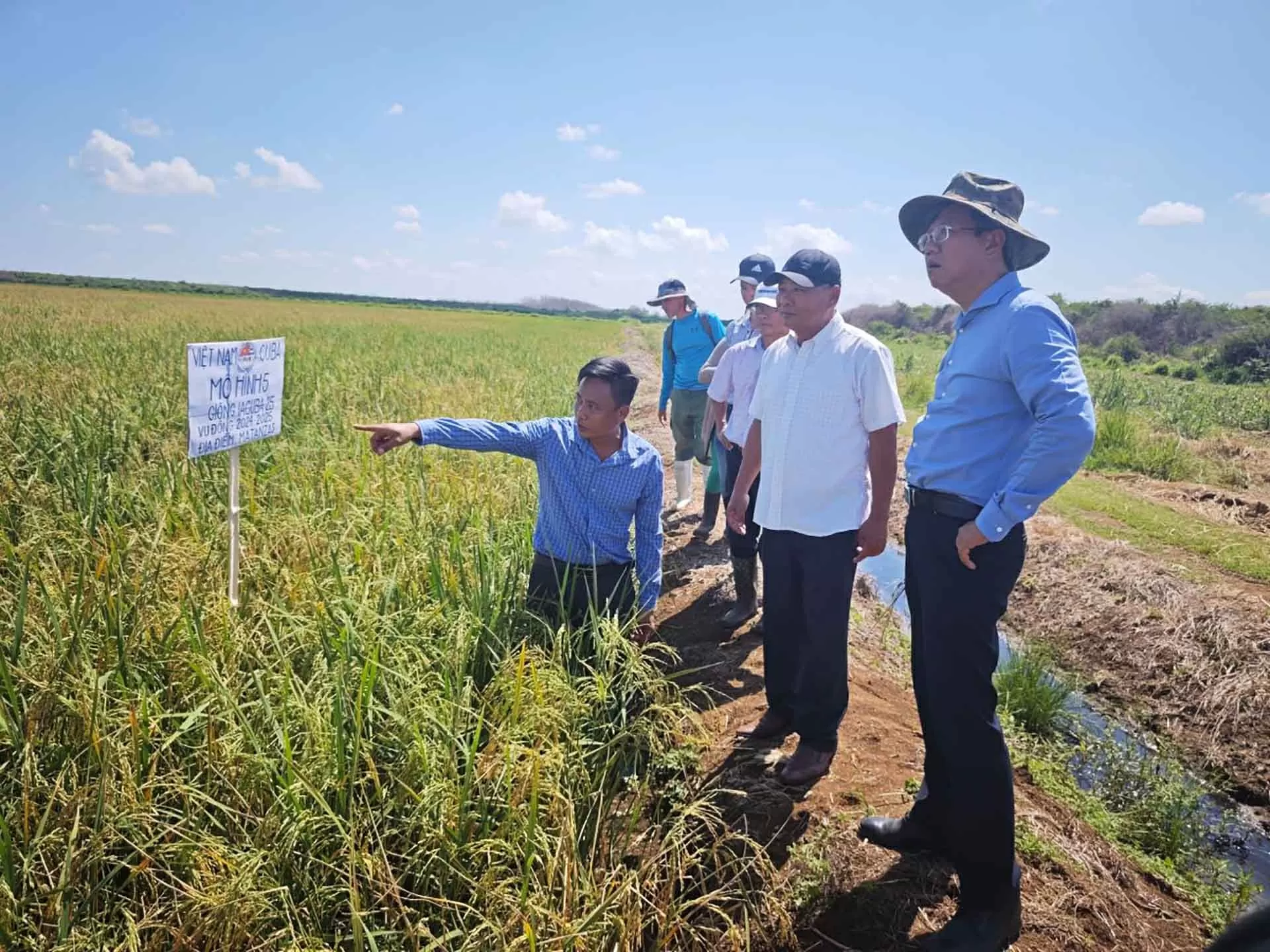 |
During the entire period from 2020-2024, in all implementation areas, rice production models have been implemented with different scales and efficiencies. |
Regarding technical infrastructure, the field renovation work has recorded many remarkable steps forward. Specifically, more than 4,700 hectares have been leveled using laser technology, and more than 3,400 hectares have been manually leveled. The irrigation system has been strengthened through the construction and renovation of more than 2,750 km of embankments, nearly 6,000 km of canals and 594 irrigation works, ensuring stable water supply for production.
In the field of training, the project has organized more than 3,398 technical guidance activities, directly reaching more than 29,000 Cuban farmers, producers and technicians. Many delegations of Cuban experts and students have also been sent to Vietnam to exchange experiences and acquire practical knowledge.
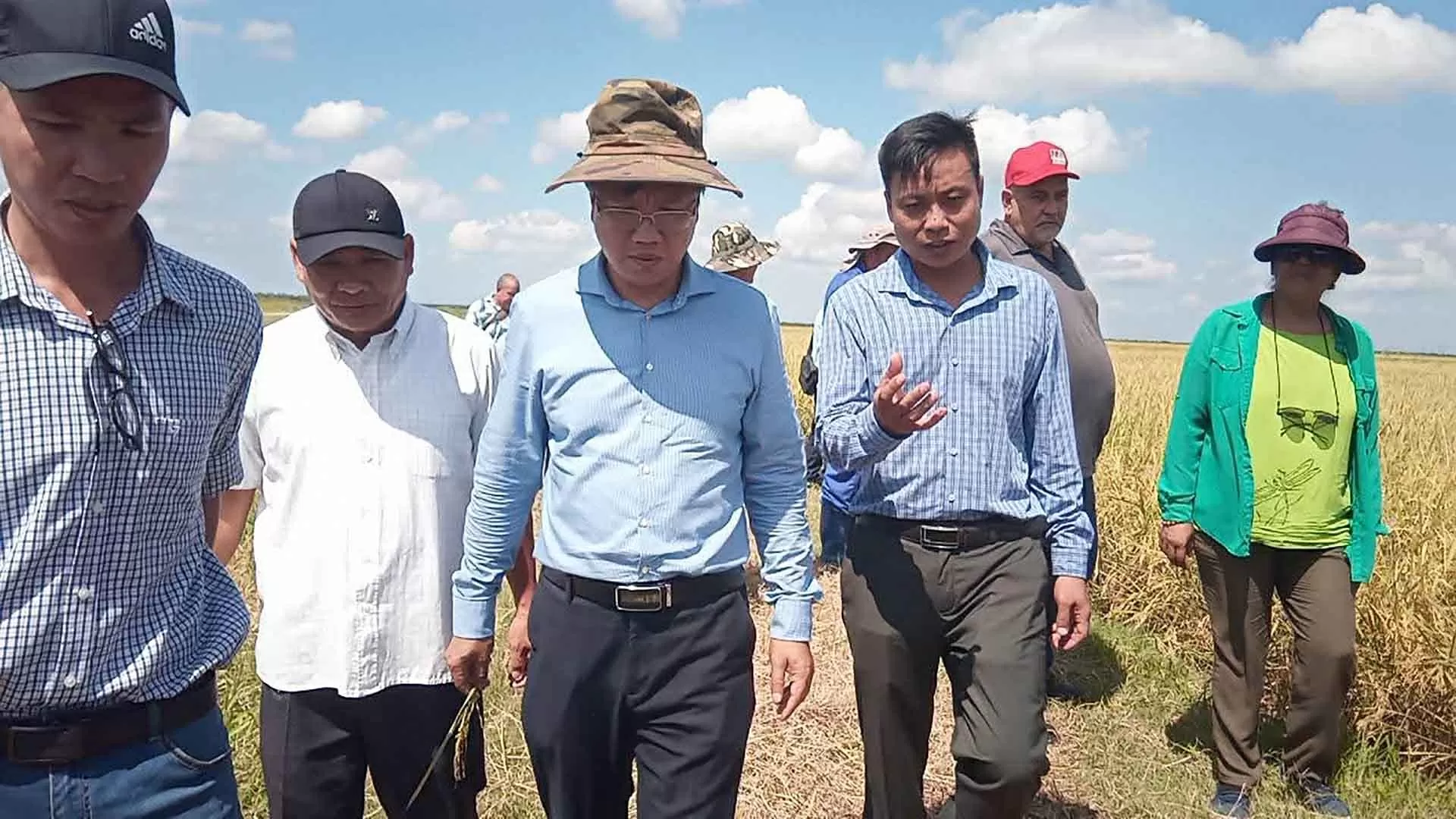 |
| Ambassador Le Quang Long visited and learned about the results of the implementation of the Vietnam-Cuba cooperation project to develop rice production. |
According to Cuba, a total of 25 rice varieties have been put into production in the project areas. Of these, four varieties have met the official registration standards and have been named "ViBa" - an abbreviation of Vietnam and Cuba, representing the solidarity between the two countries. The total value of imported equipment and materials for project implementation is estimated to exceed 17 million USD, contributing to improving efficiency and sustainability in production activities.
During the visit, Ambassador Le Quang Long highly appreciated the efforts of Vietnamese experts and the Project Management Board in transferring technology, improving production infrastructure and supporting local people. The Ambassador expressed his belief that the initial results will create the premise for the rice varieties to continue to be widely replicated throughout Cuba, making a practical contribution to the goal of ensuring long-term food security.
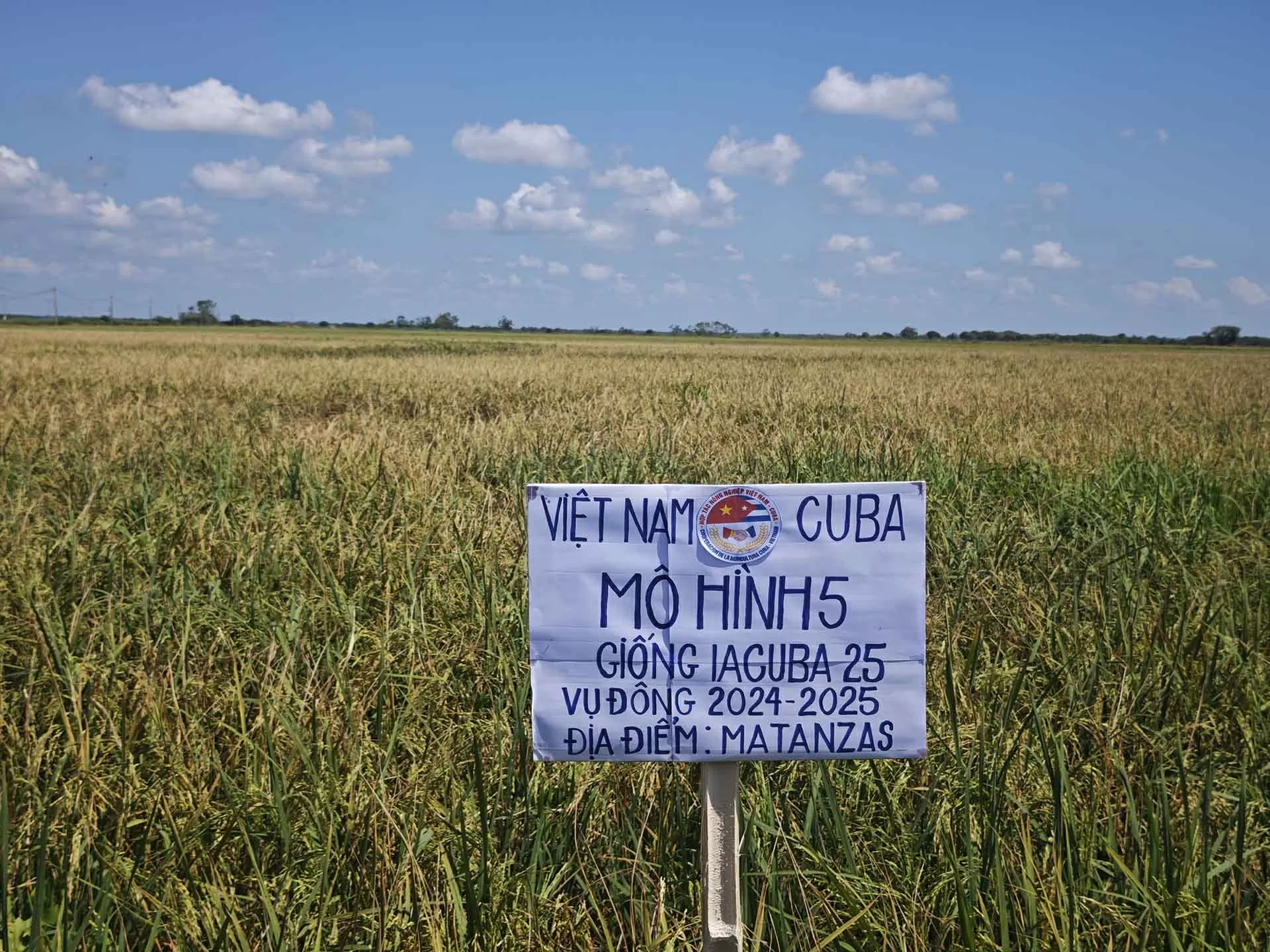 |
| The "production expansion" model (Model 5), with the largest scale, has reached an area of nearly 76,000 hectares, equivalent to 95% of the project plan. |
The Vietnam-Cuba cooperation project to develop rice production in the 2019-2023 period not only brings positive impacts in terms of technology and production, but is also a vivid symbol of the strong friendship, sharing and effective cooperation between the two peoples in the context of many global difficulties and challenges.
Source: https://baoquocte.vn/viet-nam-cuba-phat-trien-san-xuat-lua-gao-bon-giong-dat-tieu-chuan-va-duoc-dat-ten-la-viba-317444.html



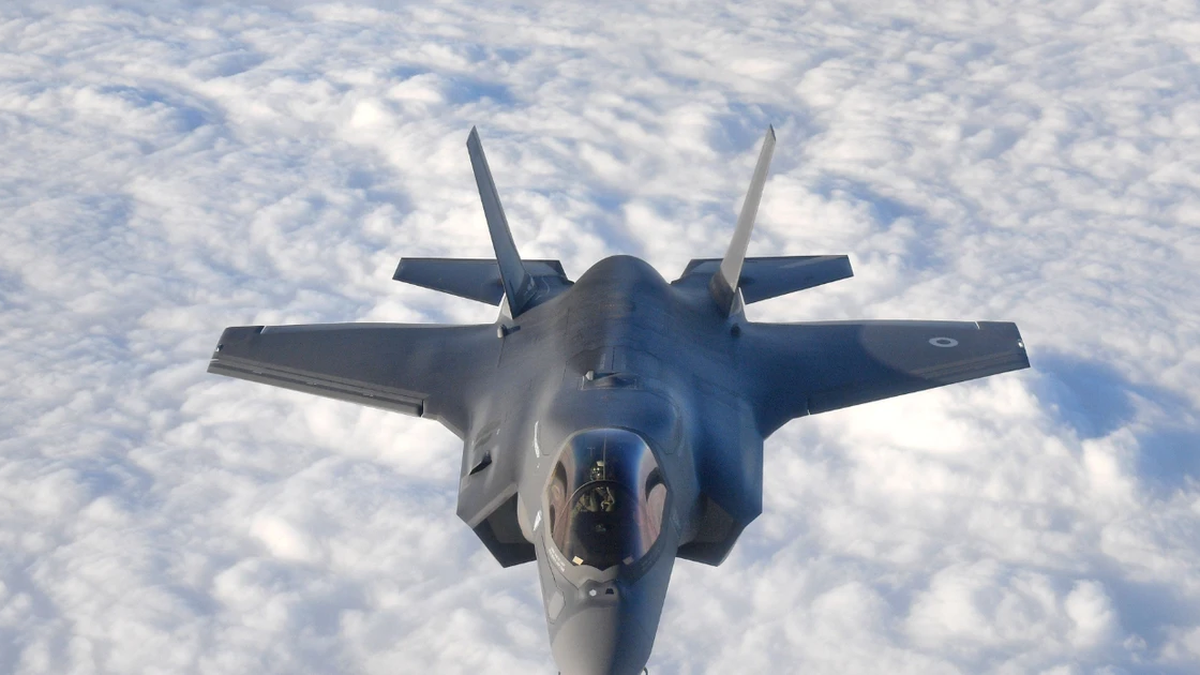
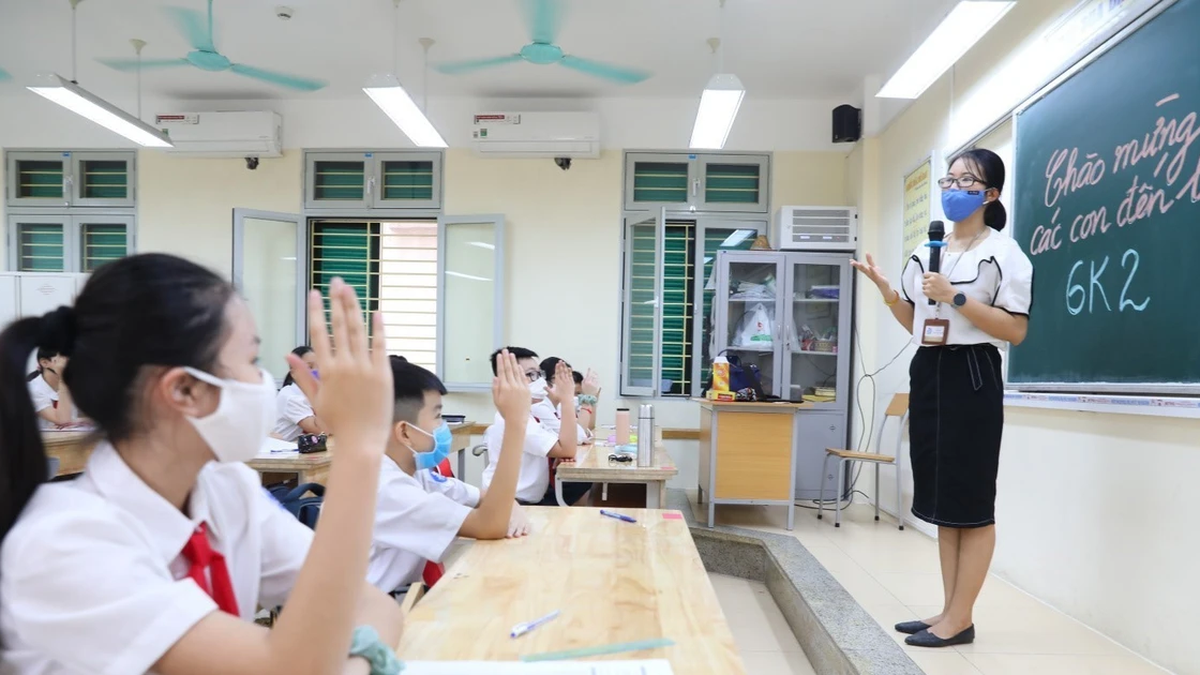
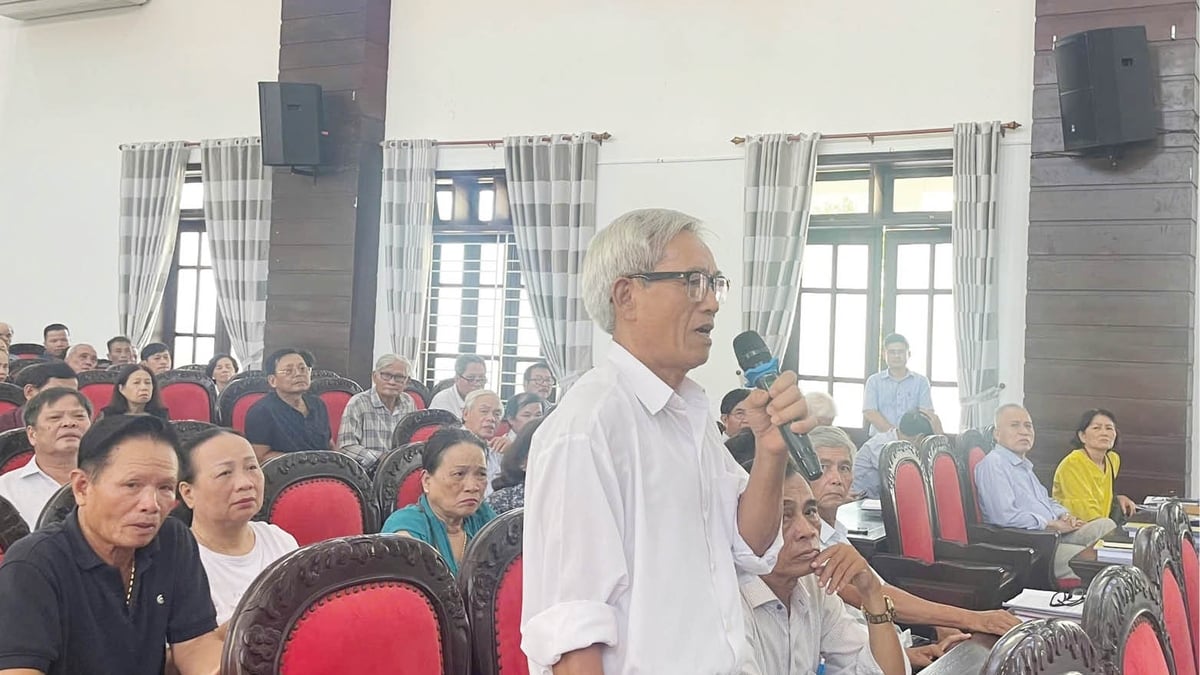
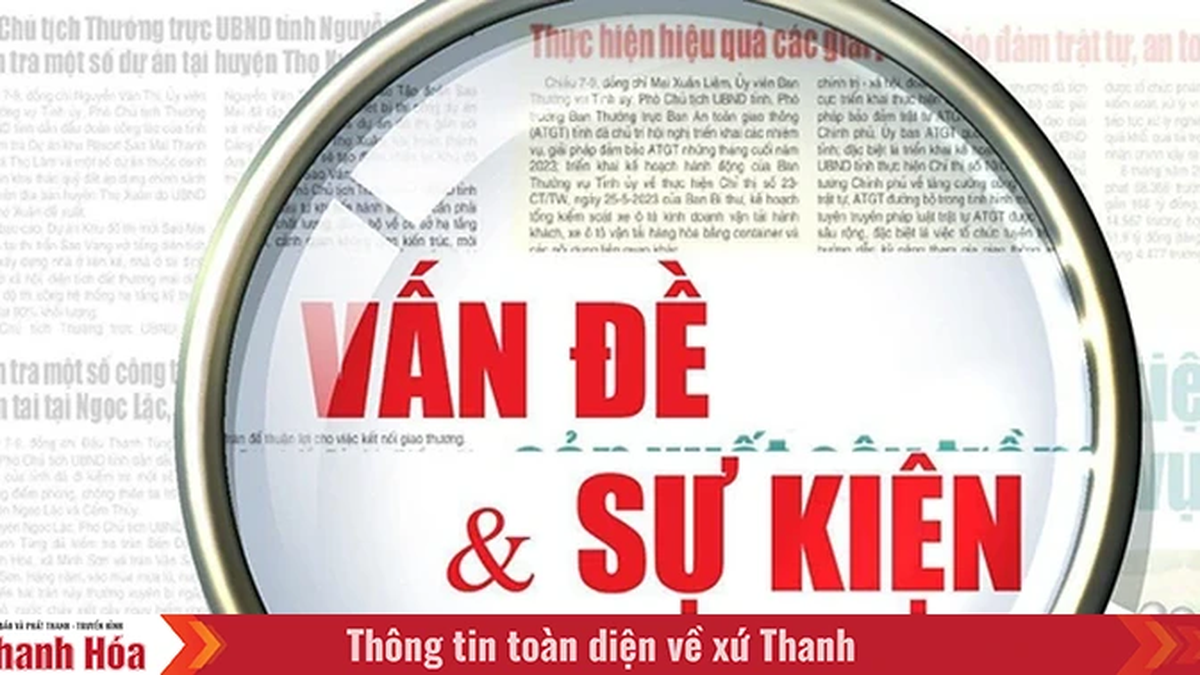
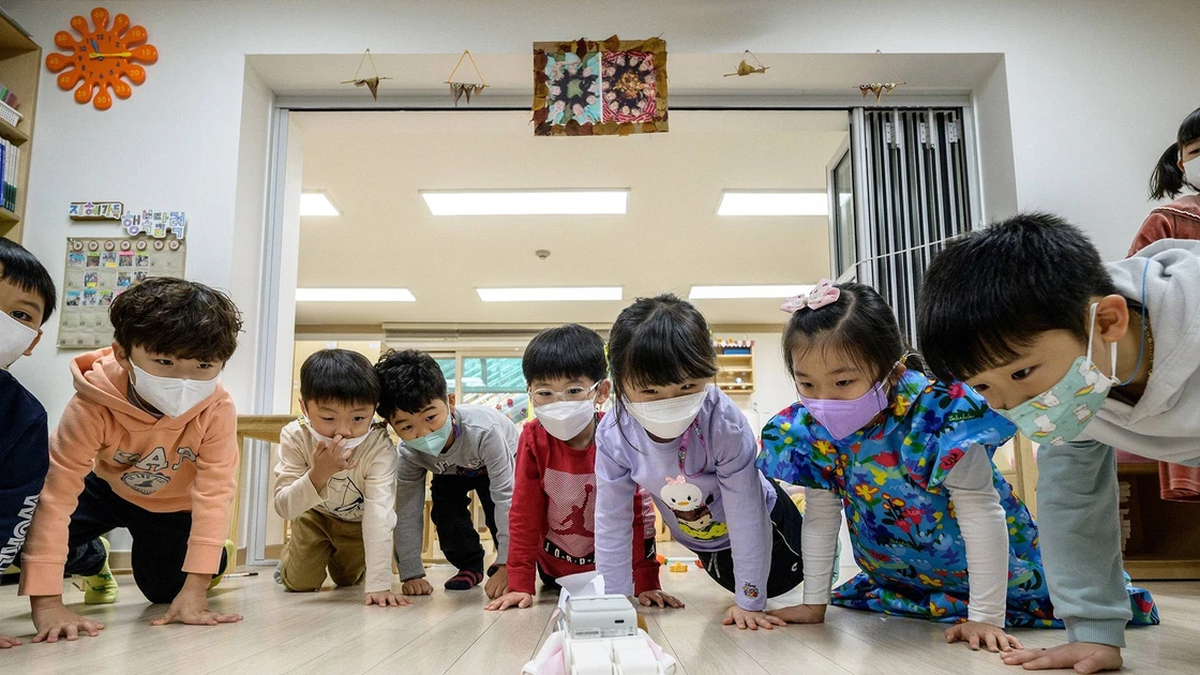
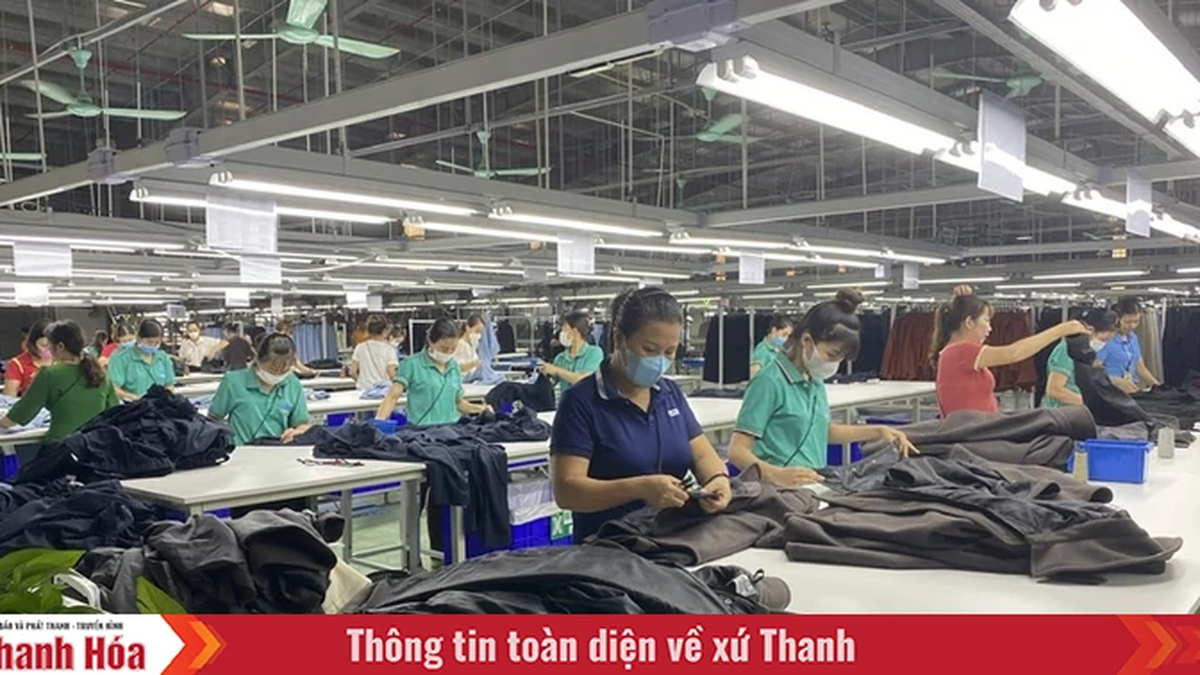
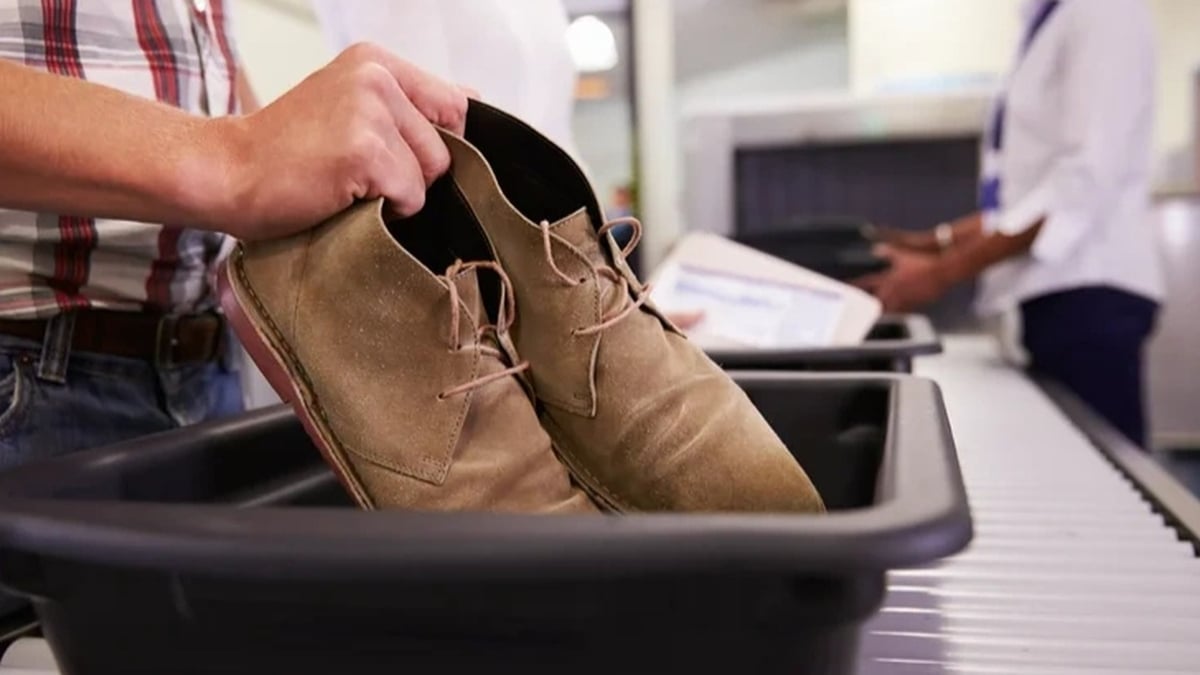

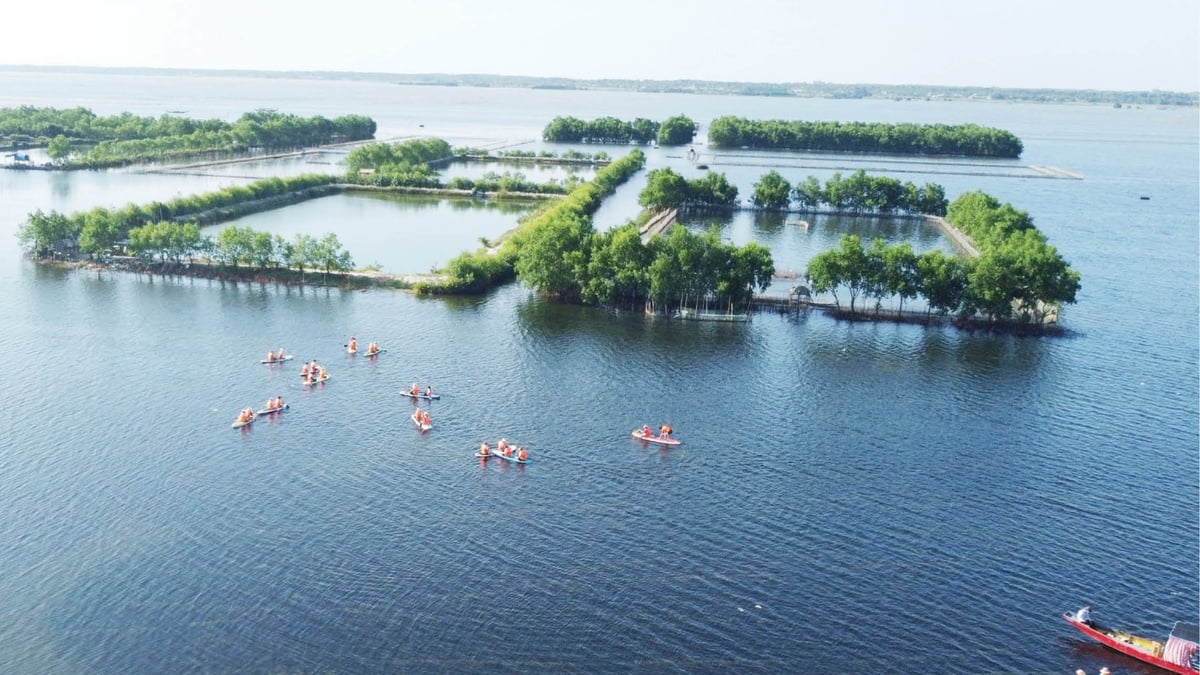













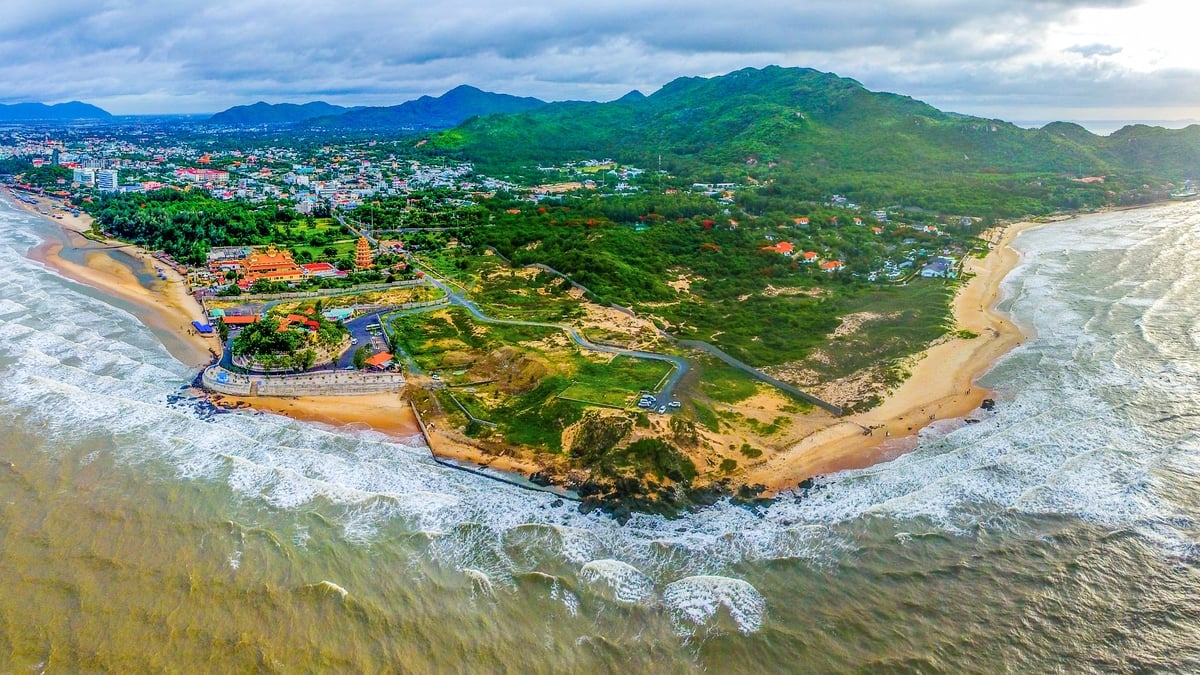














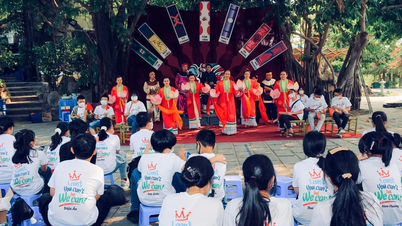






















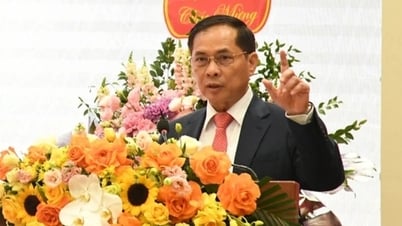





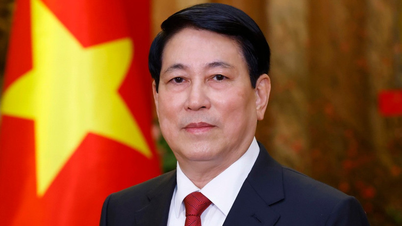

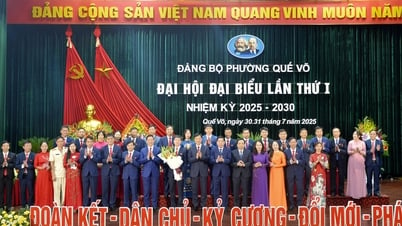

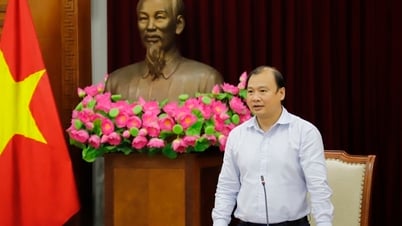

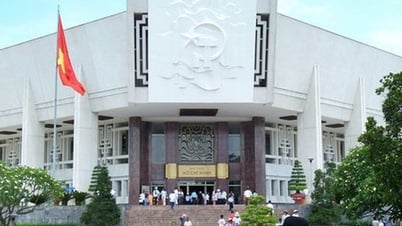


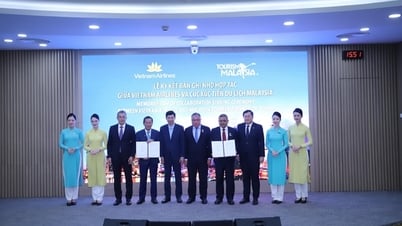
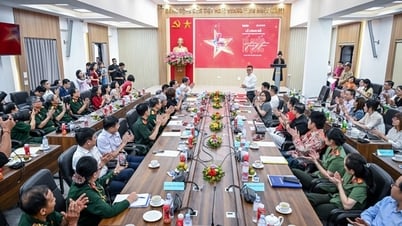



















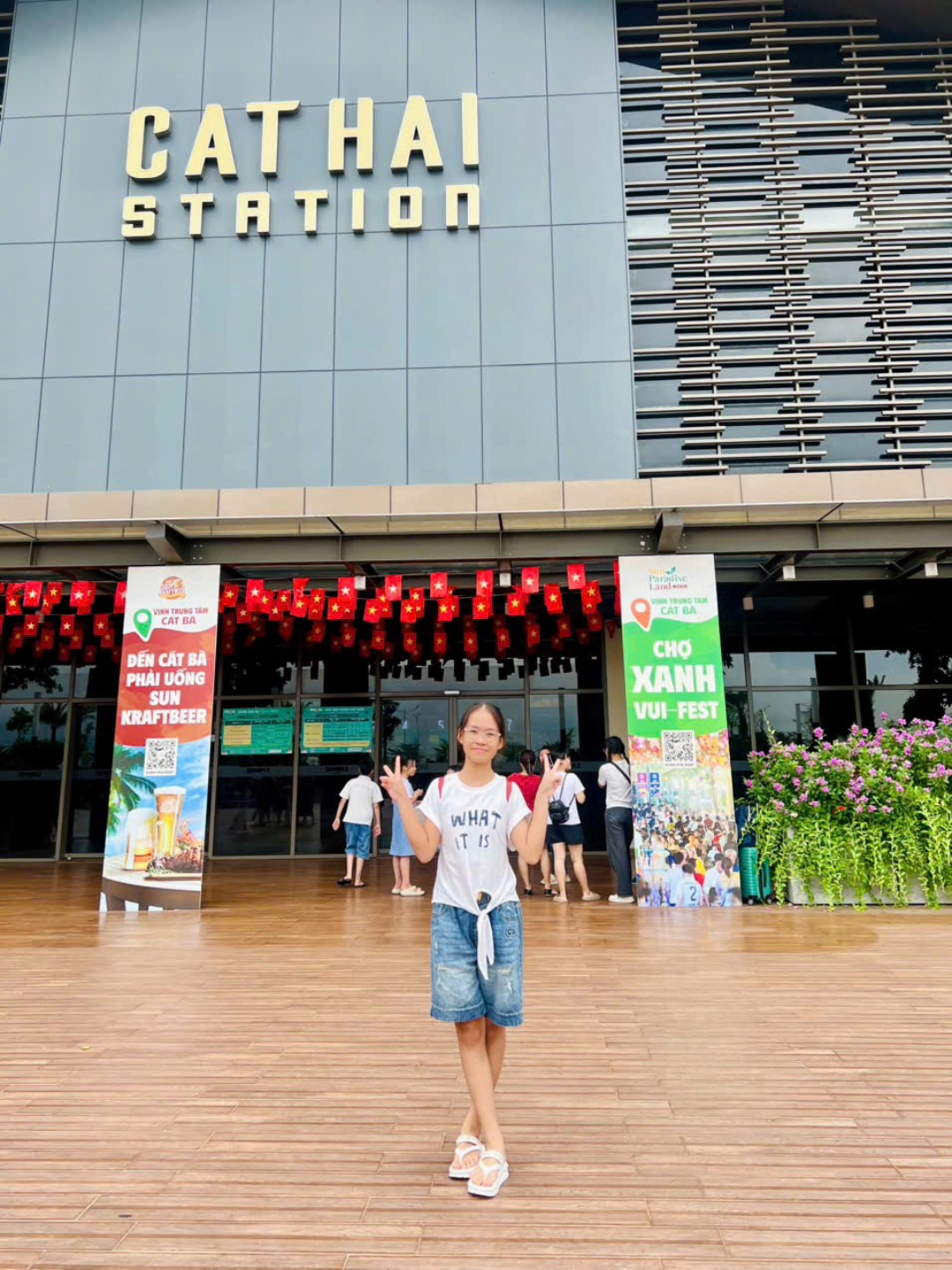



Comment (0)